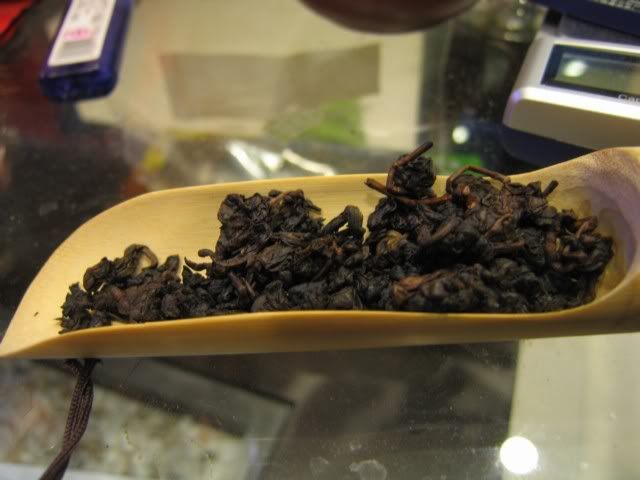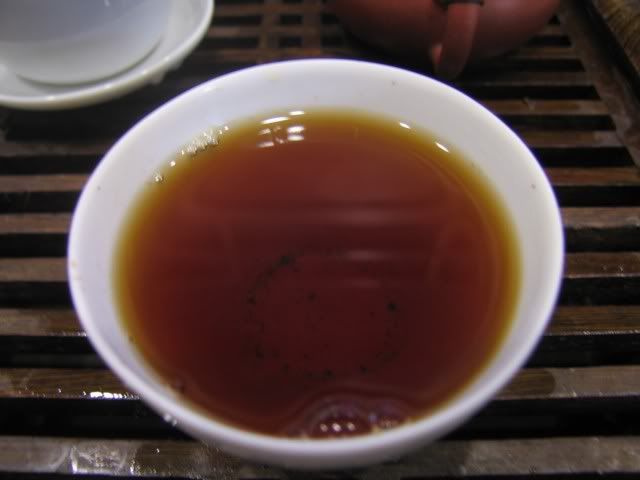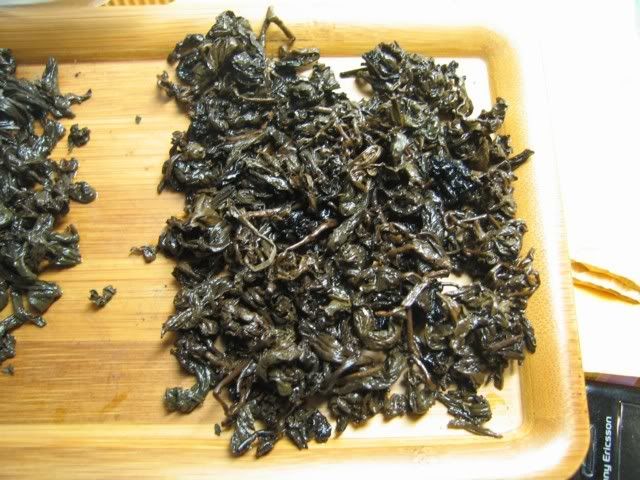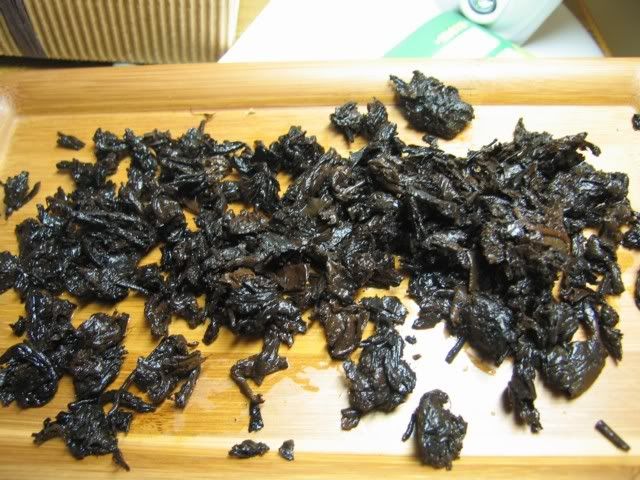A collection of archetypes of tea stores in Greater China, not exhaustive:
The Grand Old Store — stores that have been around for years, maybe decades. Often run by old men wearing wifebeaters. They often look quite glum (the store, that is), with old decor and a counter that is quite worn, maybe with an old cash register (the mechanical kind) to boot. They deal mostly in wholesale business, and so often have an attitude when a youngish person walks in poking around looking at things. They honestly couldn’t care less if you buy your 150g of tea or not, but they will, however, brew stuff for you to try if you ask. Not the easiest to walk into and shop, but can be quite rewarding, because they could be cheap, and they are often cultural experiences in their own right.
The 7-elevens — stores that are just around the corner from some residential area, serving primarily the locals. They generally don’t have very good tea, and prices are not necessarily cheap, because they’re the final link in the tea food chain before the consumers (who are often not very knowledgable and just want some tea) buy them. You’re not likely to find good stuff here, although sometimes for things like puerh it could be possible to find bargains in such places. Not likely to hold much interest for the visitor who doesn’t live in the area.
The art galleries — stores that are more or less selling culture, not tea. Often well decorated, with pretty salesgirls clad in qipao and that kind of thing (substitute qipao for kimono when in Japan). Prices are high. Tea can be good, but that’s actually no guarantee because the owners who open these things often claim to be experts, but I’ve found some to be less than expert sometimes. They are often a joy to drink tea in, but not always a joy to buy tea from. They will tell you a pretty story, with fancy settings, etc, and entice you to pay premium bucks for something that you can buy next door for half the price. A few places in Yongkang in Taipei, for example, fall into this category.
The one-man-show — stores where the owner lives in it, practically (or sometimes, literally). Sometimes these expand into bigger shops, maybe even with a branch or two, as the Best Tea House eventually did, or they just stay small and stay slim, as many others do. Tea selection and prices depend highly on the owner’s preferences, and it seems success in this sort of venture require a good bit of luck and definitely some skill. Prices are often not low at these places, but selections can also be very good, as I think it does take some dedication to tea and the tea business to actually do this kind of thing with a passion (and spend so much time on it). I went to a store like this today, and got some interesting things. Not too cheap, but could be very good. I find these are often the most enjoyable to visit, because you can really get into a conversation with the owner about the teas they sell, etc, and spend hours chatting over some good tea. Many shops in Maliandao are also of this type, although there, knowledge of tea varies very considerably.
The retailer pretending to be wholesaler — this is mostly a mainland phenomenon, I think, where you have bona-fide tea markets where dozens, or even hundreds, of tea shops gather together. They all say they’re wholesalers, but often they’re just retailers pretending to be wholesaler, trying to get you to think you’re paying a better price than you actually are. Some are genuinely doing wholesale while also retailing, as my friend L’s store is, but many are very dependent on the retail business. They overlap with the one-man-show sometimes, but not all the time, as some of these are started by non-resident owners who are just in the business of tea without the interest, and staffed by (often) country girls who are just here for a job in the city.
The fake teahouses — these are places where they’re either a restaurant, a cafe, or some other such thing, but calling themselves a teahouse to make themselves seem higher class, more cultured, etc. Tea selection can be iffy, but can have some gems sometimes. Prices are universally high, of course, especially if you sit down and drink stuff. They are more into selling food and snacks, and tea is just part of the menu.
The real teahouses — these are places that do focus on tea as their primary business. If you are generous, you would include places like Chunshui Tang where they mostly sell bubble tea. If not, then it limits the range to only places like Wisteria in Taipei (there are others like it, but it is the most famous). You go there to drink tea, maybe with a few friends, but you don’t go to eat, or snack, or just hang out. Drinking tea is your purpose there. Selection can be ok to great, and decor often is pleasant. Difference between this and the art galleries is mainly on the focus — whether it seems to do more sit-in drinking or more take-out.








 RSS - Posts
RSS - Posts
Interesting.... would 250C in my oven work?